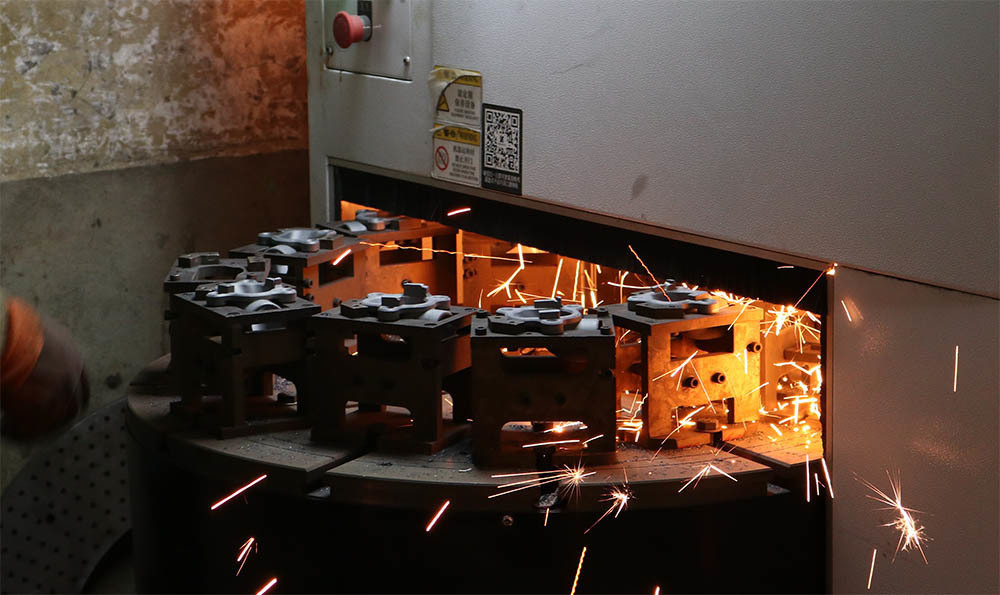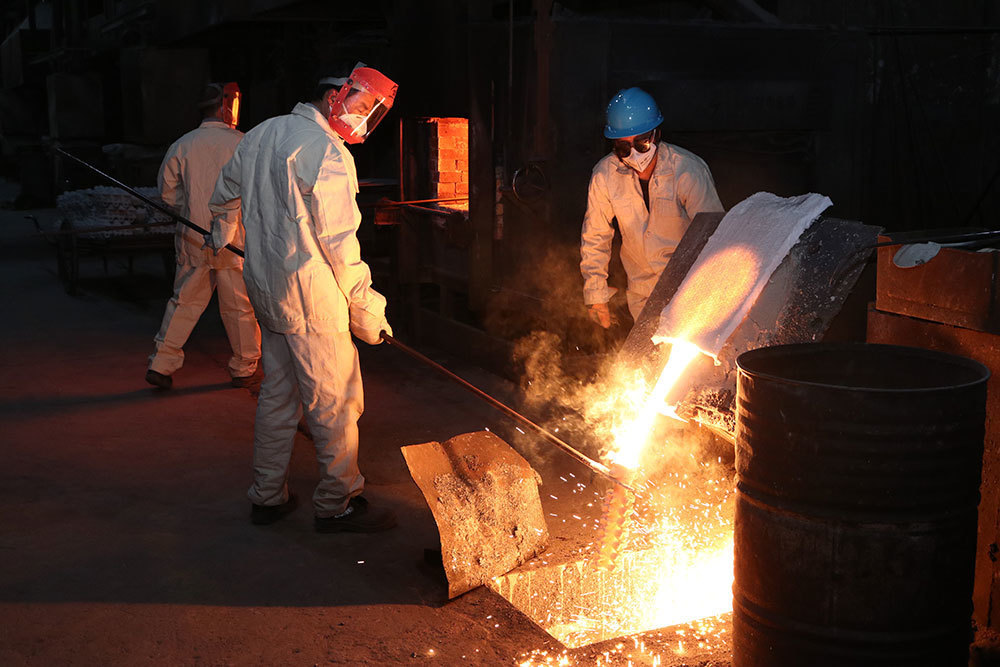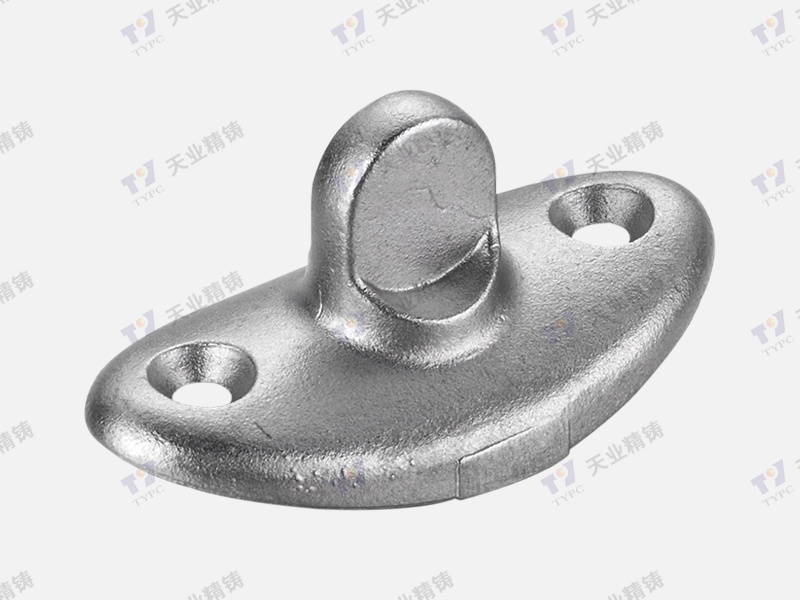2025-06-12
Investment Casting: The Essential Process for Automotive Parts Durability
Investment Casting: The Essential Process for Automotive Parts Durability
Table of Contents
- 1. Introduction to Investment Casting in Automotive Parts
- 2. What is Investment Casting?
- 3. Advantages of Investment Casting for Automotive Components
- 3.1 Precision and Complexity in Design
- 3.2 Material Efficiency and Waste Reduction
- 3.3 Enhanced Durability and Performance
- 4. The Investment Casting Process Explained
- 5. Applications of Investment Casting in the Automotive Industry
- 6. Case Studies: Success Stories Using Investment Casting
- 7. The Future of Investment Casting in Automotive Manufacturing
- 8. Frequently Asked Questions
- 9. Conclusion
1. Introduction to Investment Casting in Automotive Parts
In the fast-evolving automotive industry, the quest for durable and high-performance components is paramount. **Investment casting** has emerged as a leading manufacturing process that meets these demands. This advanced technique not only enhances the durability of automotive parts but also improves their design flexibility, making it a preferred choice for manufacturers worldwide. Understanding investment casting's role in producing automotive components will shed light on its advantages and applications.
2. What is Investment Casting?
Investment casting, also known as lost-wax casting, is a manufacturing process that involves creating precise metal parts from a wax pattern. Its name is derived from the technique of investing the wax pattern in a ceramic material to form a mold. Once the mold hardens, the wax is melted away, leaving a cavity that is filled with molten metal. This process allows for producing intricate shapes and components with high dimensional accuracy.
3. Advantages of Investment Casting for Automotive Components
The investment casting process offers several advantages that make it an ideal choice for automotive manufacturing:
3.1 Precision and Complexity in Design
Investment casting enables the creation of complex geometries with tight tolerances. This precision is crucial in automotive applications where even the smallest deviations can lead to performance issues. The ability to produce intricate designs reduces the need for additional machining, saving time and costs in the production process.
3.2 Material Efficiency and Waste Reduction
One of the most significant benefits of investment casting is its material efficiency. The process minimizes waste by utilizing nearly 100% of the metal used, as opposed to other methods that may generate substantial scrap. This efficiency makes investment casting a sustainable choice, aligning with the industry's increasing focus on environmental responsibility.
3.3 Enhanced Durability and Performance
Automotive components produced through investment casting exhibit superior mechanical properties, including strength and resistance to wear and corrosion. This durability is essential for parts subjected to extreme conditions, such as high temperatures and mechanical stress. As a result, investment cast components ensure long-lasting performance, reducing maintenance costs and enhancing vehicle reliability.
4. The Investment Casting Process Explained
Understanding the investment casting process is crucial for appreciating its benefits. The procedure consists of several key steps:
4.1 Wax Pattern Creation
The process begins with creating a wax pattern that reflects the desired component's shape and dimensions. This pattern can be produced using various methods, including injection molding or 3D printing. The wax pattern is an exact replica, ensuring high fidelity in the final product.
4.2 Molding Process
Once the wax patterns are prepared, they are assembled onto a tree-like structure, which is then coated in a ceramic slurry. The coated assembly is heated to harden the mold, after which the wax is melted and drained away, leaving a hollow ceramic shell.
4.3 Casting the Metal
With the wax removed, molten metal is poured into the ceramic mold. Various metals can be used, including steel, aluminum, and nickel alloys, depending on the application. The metal fills the cavity, taking on the shape of the original wax pattern.
4.4 Finishing Touches
After the metal has cooled and solidified, the ceramic shell is broken away to reveal the cast component. Additional finishing processes, such as machining or surface treatment, may be employed to achieve the desired specifications and surface finish.
5. Applications of Investment Casting in the Automotive Industry
Investment casting finds extensive applications in the automotive sector, providing solutions for various components that require durability and precision.
5.1 Engine Components
Investment casting is widely used to manufacture engine components, such as cylinder heads, intake manifolds, and valve bodies. These components benefit from the process's ability to produce complex shapes that optimize airflow and enhance engine efficiency.
5.2 Transmission Parts
The transmission is a critical system within vehicles, and investment casting provides high-strength parts such as gear housings and bracket assemblies. These components must withstand significant loads and stresses, making the durability provided by investment casting essential.
5.3 Suspension and Brake Components
Components in the suspension and brake systems, including control arms, brake calipers, and spindles, are also manufactured using investment casting. The strength and weight savings offered by this method contribute to improved vehicle handling and safety.
6. Case Studies: Success Stories Using Investment Casting
Several automotive manufacturers have successfully integrated investment casting into their production processes. Companies have reported reduced lead times, lower production costs, and improved part performance, showcasing the effectiveness of investment casting in automotive applications.
For instance, a leading automotive supplier adopted investment casting for producing complex engine brackets. The switch resulted in a 30% reduction in material waste and a significant decrease in machining requirements, leading to faster turnaround times and enhanced product quality.
7. The Future of Investment Casting in Automotive Manufacturing
As automotive technology advances, the role of investment casting is expected to grow. Innovations such as **3D printing** are enhancing pattern creation, while new alloys are being developed to improve performance. Investment casting's adaptability positions it well to meet future challenges in automotive manufacturing.
With the rise of electric vehicles, the demand for lightweight and high-strength components is increasing. Investment casting can play a crucial role in producing parts that meet these demands, allowing manufacturers to design more efficient and eco-friendly vehicles.
8. Frequently Asked Questions
1. What metals are commonly used in investment casting for automotive parts?
Investment casting typically uses a variety of metals, including aluminum, stainless steel, and nickel alloys, chosen based on desired properties and specific applications.
2. How does investment casting compare to other manufacturing methods?
Investment casting offers superior precision and material efficiency compared to methods like sand casting. It allows for complex geometries and reduces material waste, making it a preferred choice in many cases.
3. What are the typical lead times for investment casting?
Lead times for investment casting can vary but generally range from a few weeks to several months, depending on factors such as the complexity of the part and production volume.
4. Can investment casting be used for high-volume production?
Yes, investment casting is suitable for high-volume production, especially when parts have complex geometries that benefit from the process's efficiency.
5. How does investment casting enhance part durability?
The investment casting process produces components with fine grain structures and improved mechanical properties, enhancing their strength and resistance to wear and corrosion.
9. Conclusion
Investment casting has established itself as a pivotal manufacturing process in the automotive industry, offering unmatched durability and precision for critical components. Its advantages, including material efficiency, design flexibility, and enhanced performance, make it an ideal choice for manufacturers seeking to meet the demands of modern automotive applications. As technology continues to evolve, investment casting's role in creating robust and innovative automotive parts is set to expand, paving the way for a more durable and efficient future in automotive engineering.









